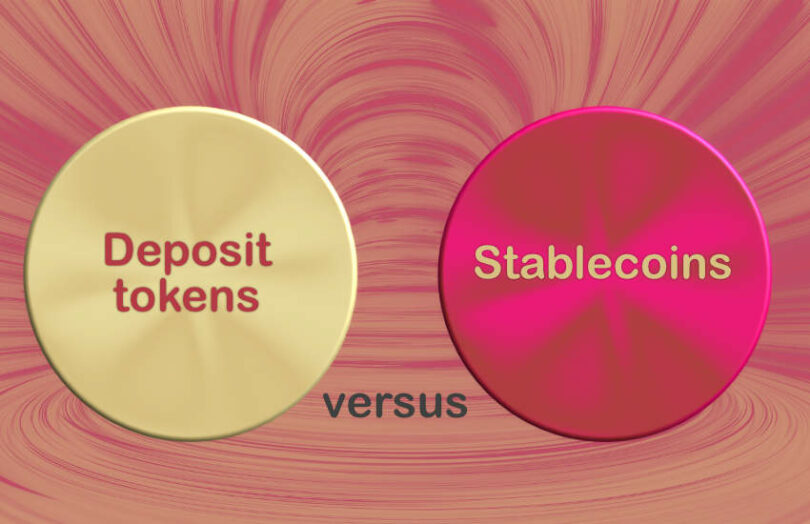Today the Bank for International Settlements (BIS) published a paper comparing stablecoins to tokenized bank deposits. While it unsurprisingly has an affinity to central bank digital currency (CBDC), it also wants to explore private digital currencies. It asserts that stablecoins are similar to the (unstable) era of privately issued bank notes before the creation of the U.S. Federal Reserve.
As evidence, it points to the de-pegging of the Tether stablecoin in the aftermath of the collapse of the FTX crypto exchange and a similar impact on Circle’s USDC when Silicon Valley Bank was shuttered, holding a smallish part of the USDC reserves.
In contrast, the BIS argues that tokenized deposits support the ‘singleness’ of money. In other words, that currency is interchangeable no matter the form.
It puts forward one specific model for tokenized deposits, but there are others. It suggests that when one bank’s client sends a tokenized payment to another bank’s client, the sending bank sends the same amount of wholesale CBDC to the recipient bank, which gives the recipient the second bank’s tokens. There is no transfer of a coin as in the case of stablecoins. Hence tokenized deposits are not bearer instruments, unlike stablecoins.
The key point is that customers are only exposed to the credit risk of their own bank. And given the exchange of CBDC at the interbank level, there is also no exposure between the banks.
This model assumes that central bank money and various types of commercial bank money are available on a common infrastructure and bank tokens are standardized.
The paper acknowledged the described model is based on the Regulated Liability Network, which is involved in experiments with the BIS and New York Federal Reserve. It also highlighted that this path is true to digital currency in that it removes the separation of messaging and money transfer as happens in today’s bank transfers.
However, there are alternative deposit token models not mentioned in the paper. For example, German banks have been discussing tokenized deposits where the recipient customer receives the sender bank’s tokens, but it’s automatically exchanged for their own bank’s tokens. So retail customers only hold their own bank’s tokens. This means that banks hold each other’s tokens rather than instantly settling in wholesale CBDC. If they choose, the banks can settle up via an interbank network. Or a bank can hold the tokens of another bank if they prefer.
Other approaches not discussed include bank stablecoins backed by central bank reserves or a shared multi-bank token supported by central bank reserves, such as Fnality, which has 17 financial institutions as participants. However, Fnality is not targeting consumers.






